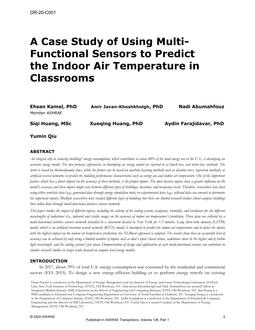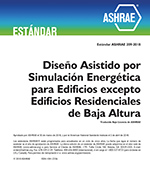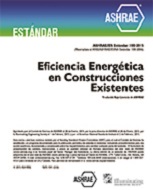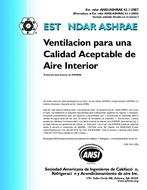Description
An integral step in reducing buildings’ energy consumption, which contributes to about 40% of the total energy use in the U.S., is developing an accurate energy model. The two primary approaches in developing an energy model are referred to as black-box and white-box methods. The latter is based on thermodynamic laws, while the former can be based on machine learning methods such as decision trees, regression methods, or artificial neural networks to predict the building performance characteristics such as energy use and indoor air temperature. One of the important factors, which has a direct impact on the accuracy of these methods, is the proper inputs. The most decisive inputs have a greater influence on the model’s accuracy and these inputs might vary between different types of buildings, locations, and occupancy levels. Therefore, researchers have been using either synthetic data (e.g., generated data through energy simulation tools) or experimental data (e.g., collected data via sensors) to determine the important inputs. Multiple researchers have studied different types of buildings but there are limited research studies about campus buildings that collect data through multi-functional wireless sensors network.
This paper studies the impact of different inputs, including the activity of the cooling system, occupancy, humidity, and irradiance for the different wavelengths of radiations (i.e., infrared and visible range) on the accuracy of indoor air temperature’s prediction. These data are collected by a multi-functional wireless sensors network installed in a classroom located in New York for 1.5 months. Long short-term memory (LSTM) model, which is an artificial recurrent neural network (RNN) model, is developed to predict the indoor air temperature and to detect the inputs with the highest impact on the indoor air temperature prediction, the XGBoost approach is adopted. The results show that an acceptable level of accuracy can be achieved by only using a limited number of inputs such as door’s open/closed status, radiations closer to the higher end of visible light wavelength, and the cooling system’s fan speed. Demonstration of design and application of such multi-functional sensors can contribute to similar research studies in larger scales focused on campus-level energy models.
Citation: 2020 Winter Conference, Orlando, FL Conference Papers
Product Details
- Published:
- 2020
- Number of Pages:
- 9
- Units of Measure:
- Dual
- File Size:
- 1 file , 1.2 MB
- Product Code(s):
- D-OR-20-C001




